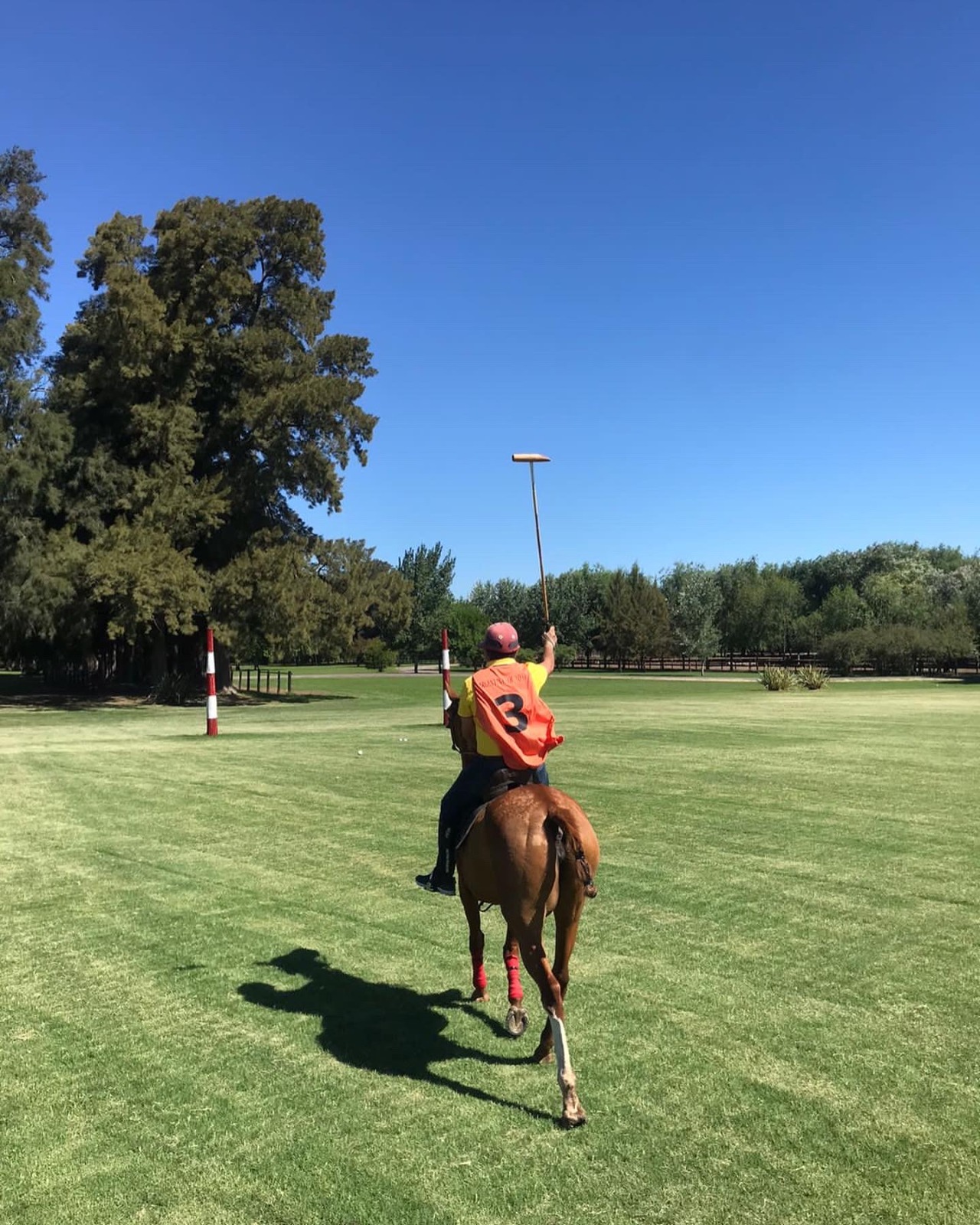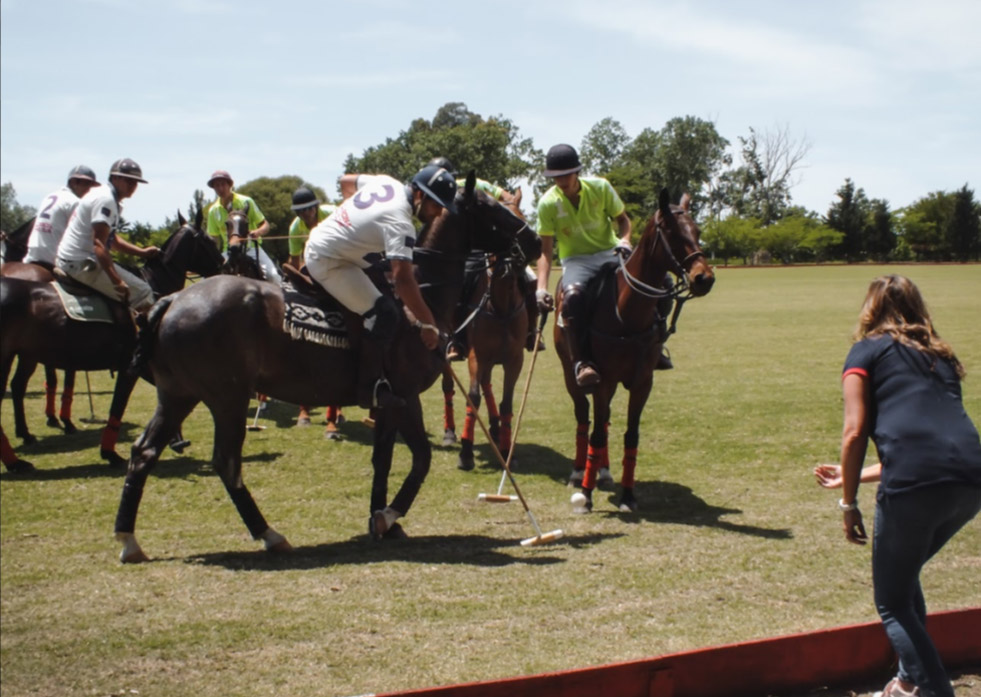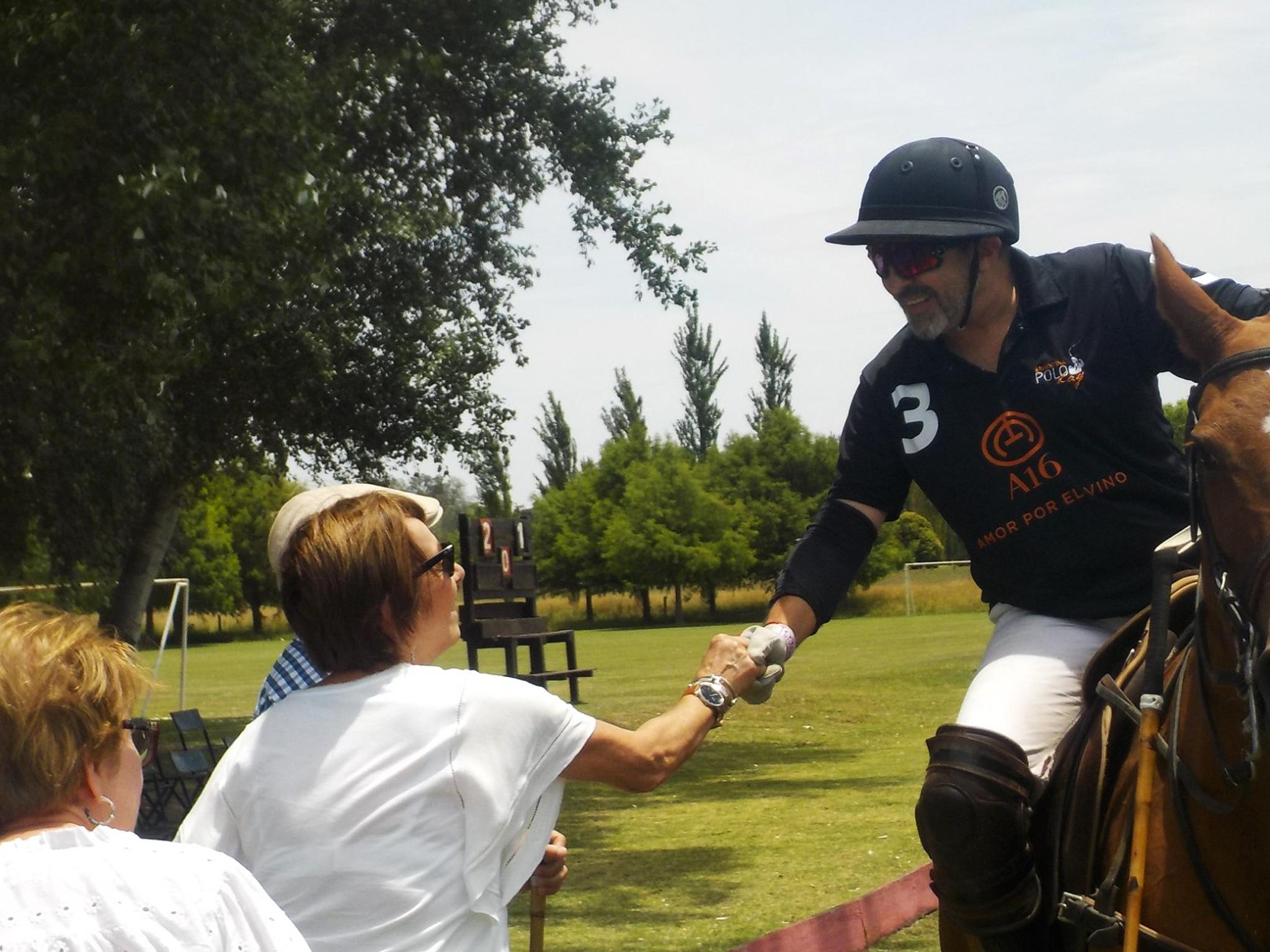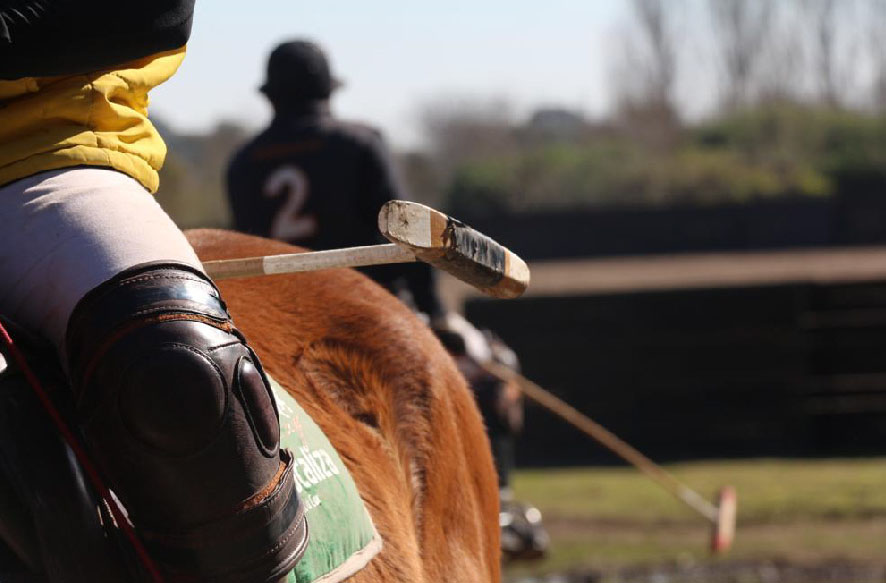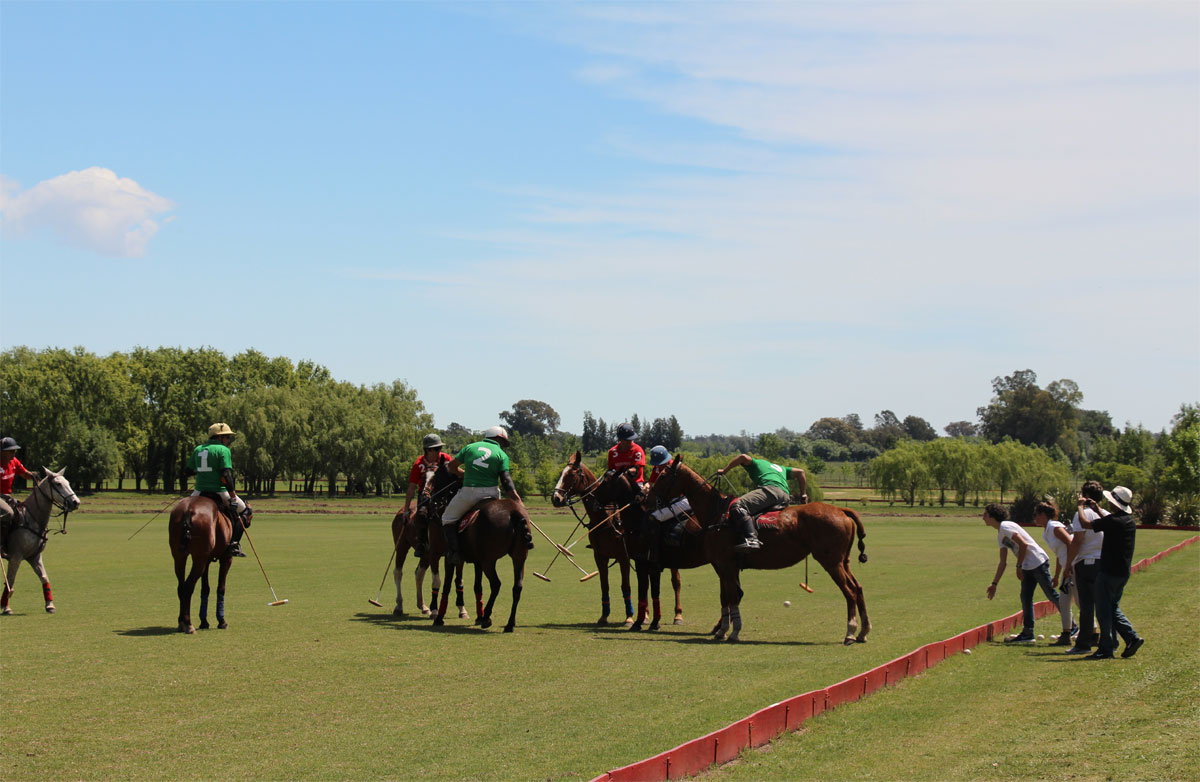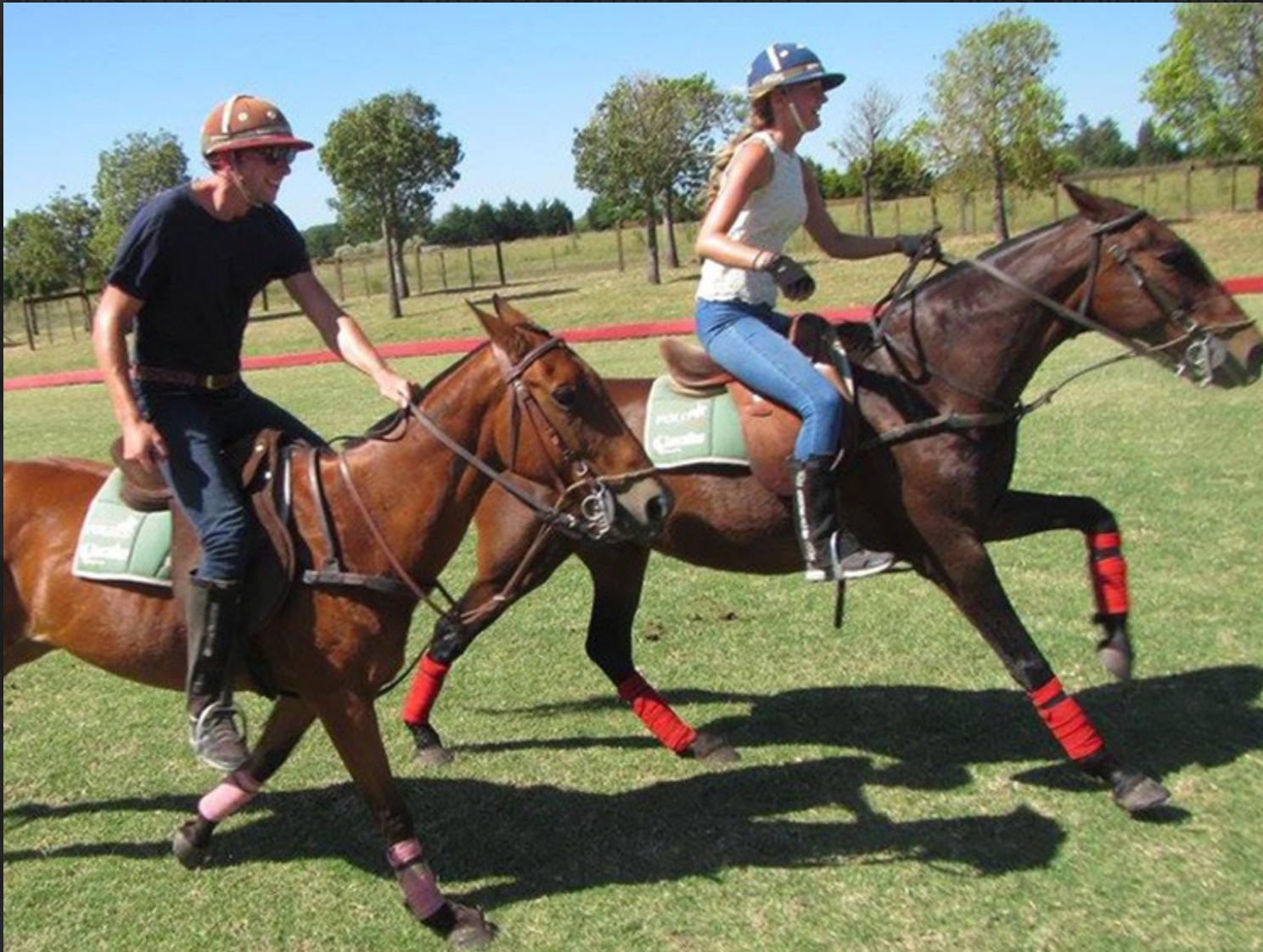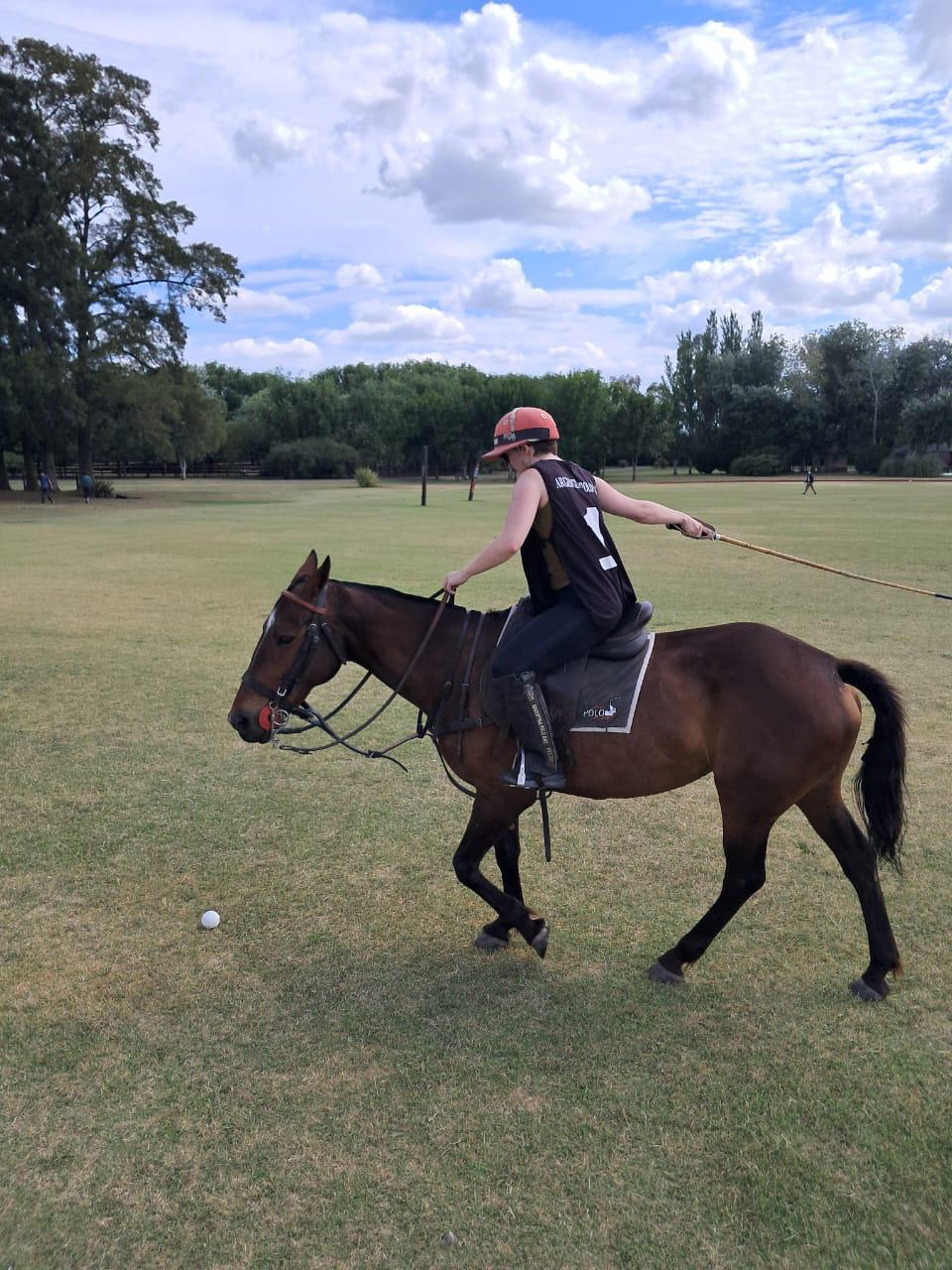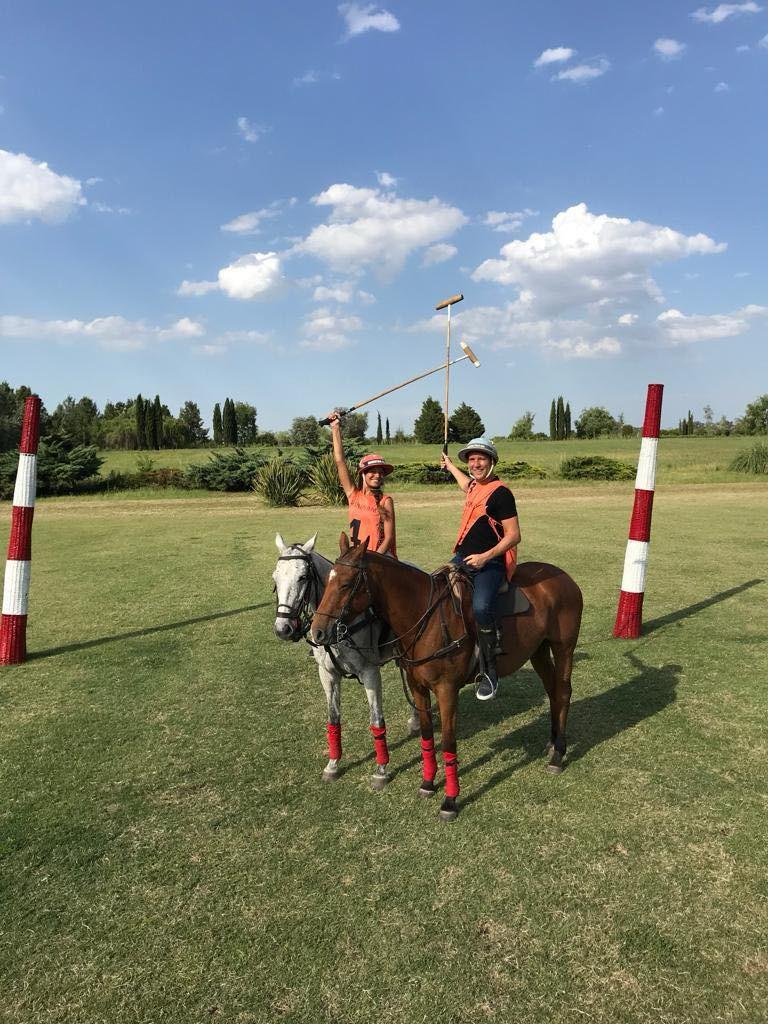-
What are Polo Day and Polo Night - 10 julio, 2025
-
What Are the Basic Rules of Polo? - 27 junio, 2025
-
Creando experiencias de alto valor - 6 junio, 2025
-
Encuentro positivo y productivo con Marca País Argentina - 6 mayo, 2025
-
Polo, vino y tradición: una colaboración que destaca lo mejor de Argentina - 8 abril, 2025
-
What Equipment Is Needed to Play Polo? - 25 marzo, 2025
-
Argentina Polo Day Magazine #4 - 14 marzo, 2025
-
What are the basic rules of polo? - 6 marzo, 2025
-
- 3 febrero, 2025
-
Argentina Horses: A Legacy of Strength and Grace - 27 enero, 2025
POLO AND TECHNOLOGY STRENGTHEN LINKS
Nowadays we are witnesses of the vertiginous advances of technology that we can see in multiple applications developed for different areas. The equestrian sports and Polo are not an exception to this rule, due to the increasing interest in knowing and taking advantage of different variables involved with the development of the horses. Polo and technology strengthen links
Following we are going to enumerate some of the applications of technology in equestrian sports:
– Fitness monitoring system for horses: Equine Medicine specialists developed a system that measures heart rate and velocity whilst the horse is in training. This system is connected by satellite based GPS positioning technology and offers physiological indicators that allow to detect pathologies of the locomotor and respiratory system in the animal. To do these monitorings, the horse must do a progressive training until reaching the maximum speed. It is worth to emphasize the non-invasive system since the monitor is inserted in the horse’s saddle blanket.
– Equine embryo transfer: it’s one of the most popular assisted reproductive technologies, since it offers different advantages. Among the most important advantages, we can mention that this technology allows the mare  to produce foals without interrupting her sports training. It also allows the mare to produce a major number of horse pups (between 3 and 10 per year) and to obtain foals of mares unable to support gestation. Another advantage is that the technology includes embryo transfer, avoiding the costs and risks involved in the transfer of the mares.
to produce foals without interrupting her sports training. It also allows the mare to produce a major number of horse pups (between 3 and 10 per year) and to obtain foals of mares unable to support gestation. Another advantage is that the technology includes embryo transfer, avoiding the costs and risks involved in the transfer of the mares.
– Equine cloning: horse cloning allows the genetic conservation of high quality horses. For this reason, this  technique is used in polo horses, due to verified high heritability of genes that transmit the skill of playing polo. The Latin America first cloned polo pony was produced in 2010 by a group of Argentine scientists and, this year, Adolfo Cambiaso was the world’s first polo player to enroll into the field of genetic cloning. Up to now, no clone has yet been tested in a match
technique is used in polo horses, due to verified high heritability of genes that transmit the skill of playing polo. The Latin America first cloned polo pony was produced in 2010 by a group of Argentine scientists and, this year, Adolfo Cambiaso was the world’s first polo player to enroll into the field of genetic cloning. Up to now, no clone has yet been tested in a match
Every mentioned case is an example of the progress of science and technology in sports and, as well as equine cloning has made a real revolution in the world of polo, we can be sure that it will not be the last one.
More about polo: www.argentinapoloday.com.ar

